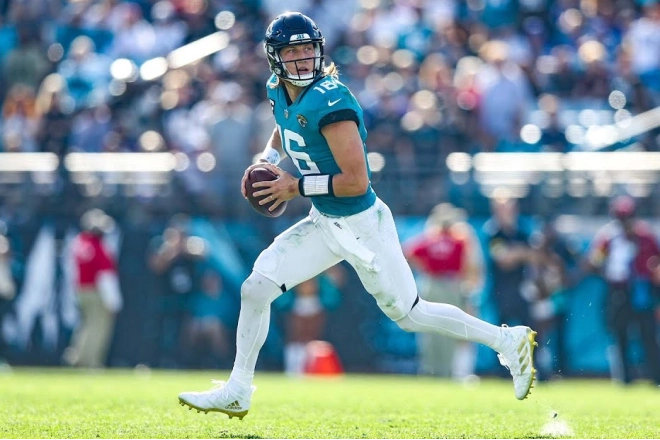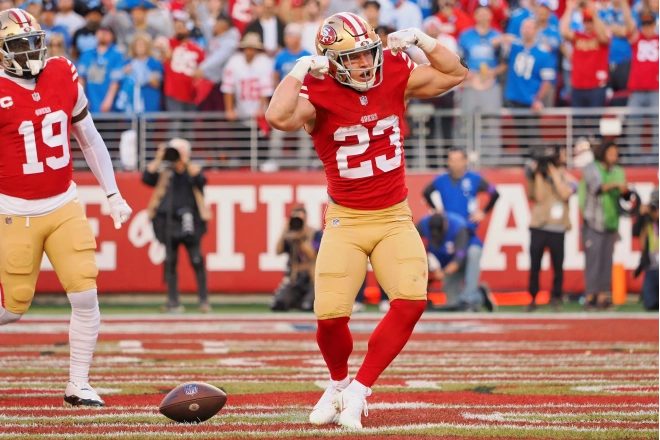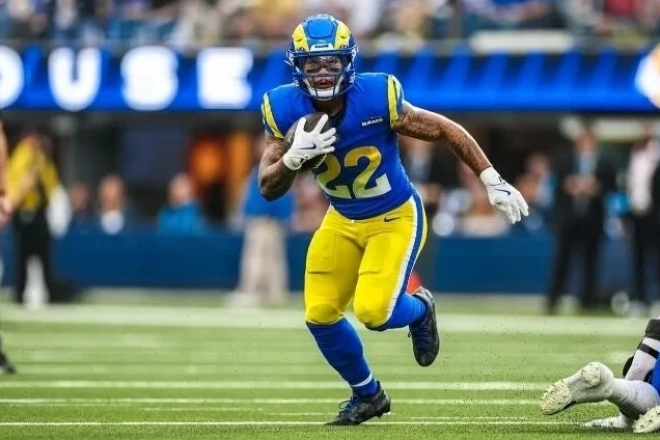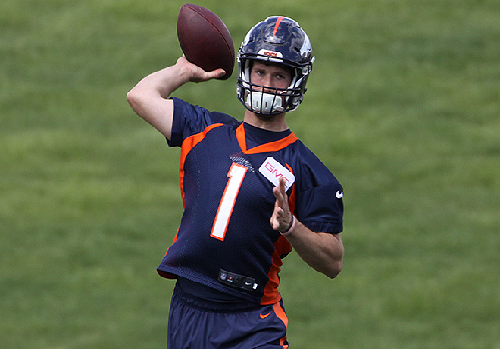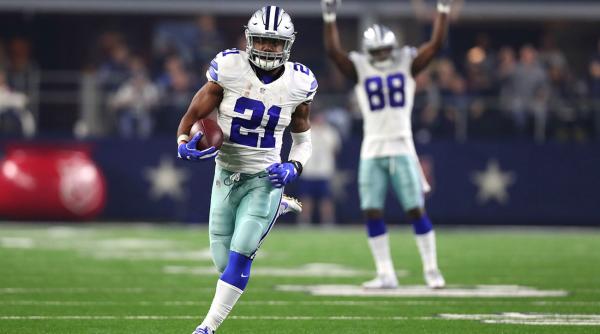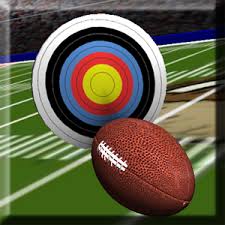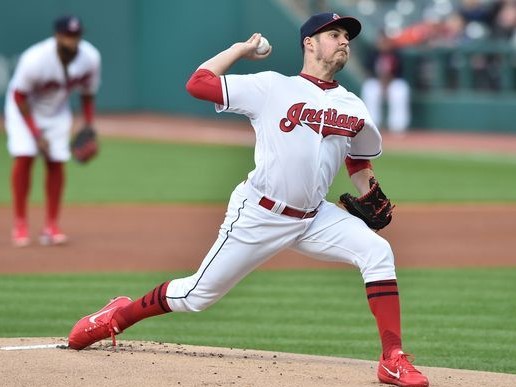
- Details
- Brian Murphy
- MLB
With less than a month remaining until the playoffs in most fantasy baseball leagues, here are a trio of arms to add if your pitching staff needs reinforcements.
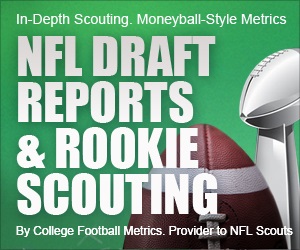
- Details
- NFL
Nail your dynasty draft with NFL-level scouting reports based on film study and Moneyball-style analytics straight from R.C Fischer, consultant to NFL scouting execs. Learn More
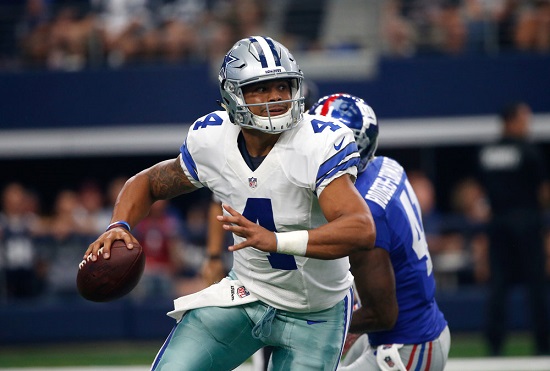
- Details
- NFL
There's no controversy that Aaron Rodgers deserves the top spot, but how about Dak Prescott and Andrew Luck? ASL's writers rank the top-20 QBs for 2017.

- Details
- NFL
Winning feels great! Get the complete draft and in-season features you need to win from only $19.00.
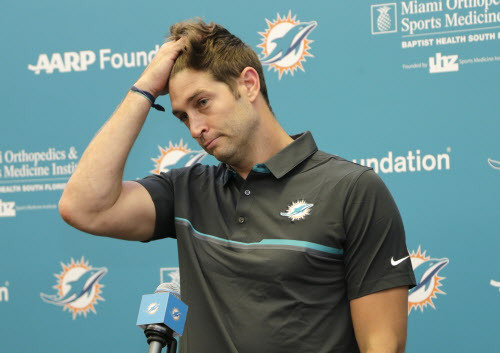
- Details
- Brian Murphy
- NFL
If you have been distracted by the start of preseason football, here are the fantasy-relevant stories from the past week.
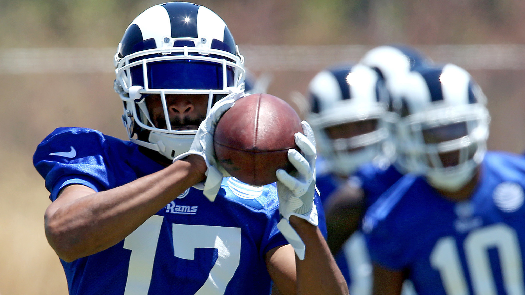
- Details
- Levi Andrew
- NFL
ASL’s Levi Andrew gives you some late-round WR fliers to benefit your standard or PPR team.

- Details
- NFL
Nail your dynasty draft with NFL-level scouting reports based on film study and Moneyball-style analytics straight from R.C Fischer, consultant to NFL scouting execs. Learn More

